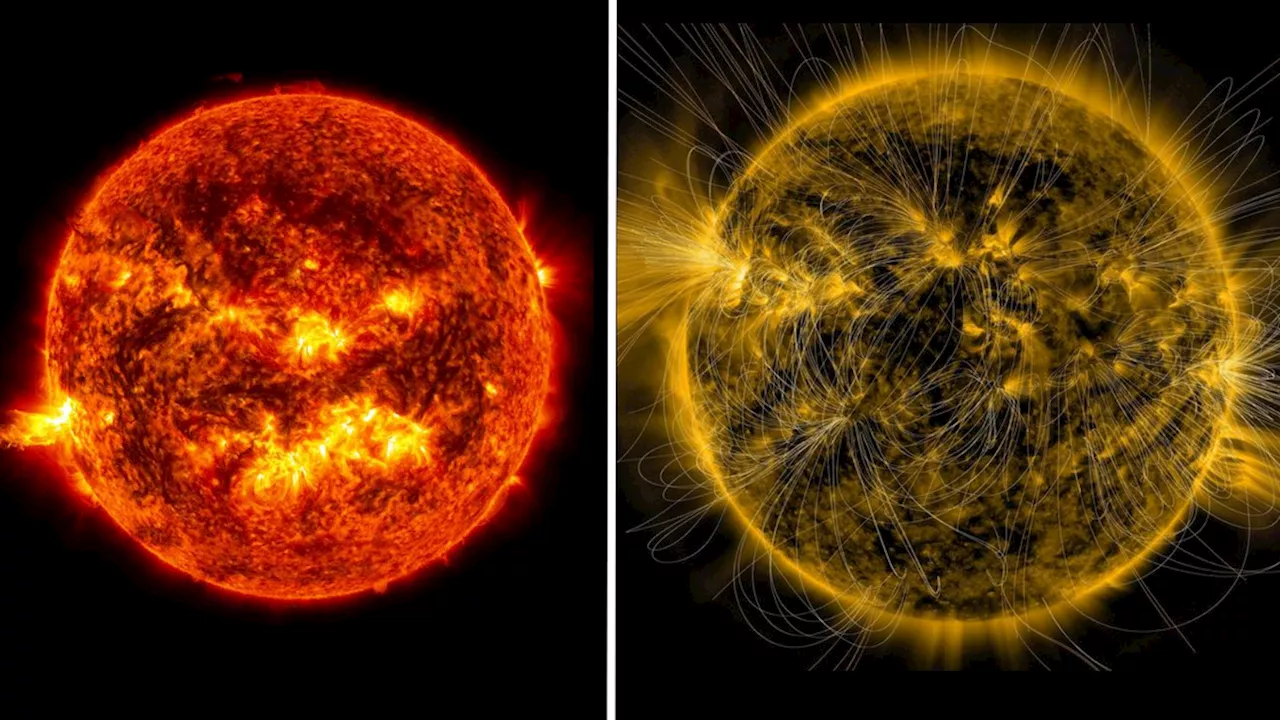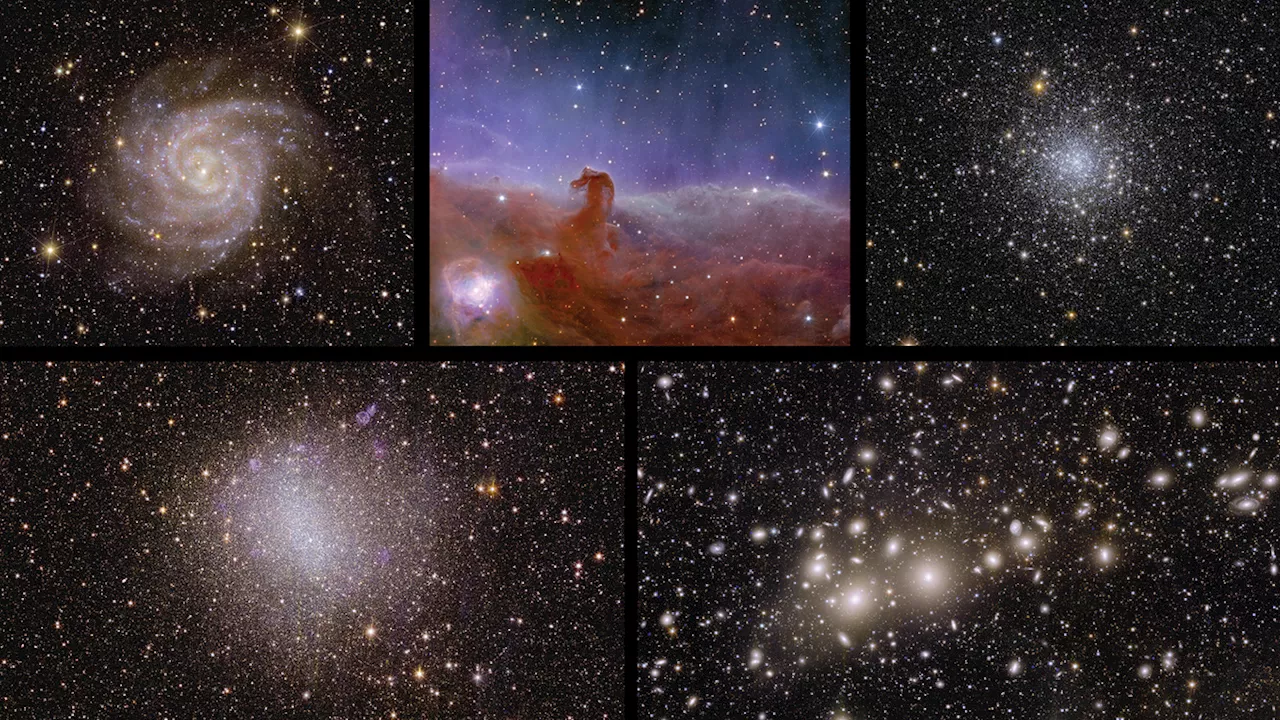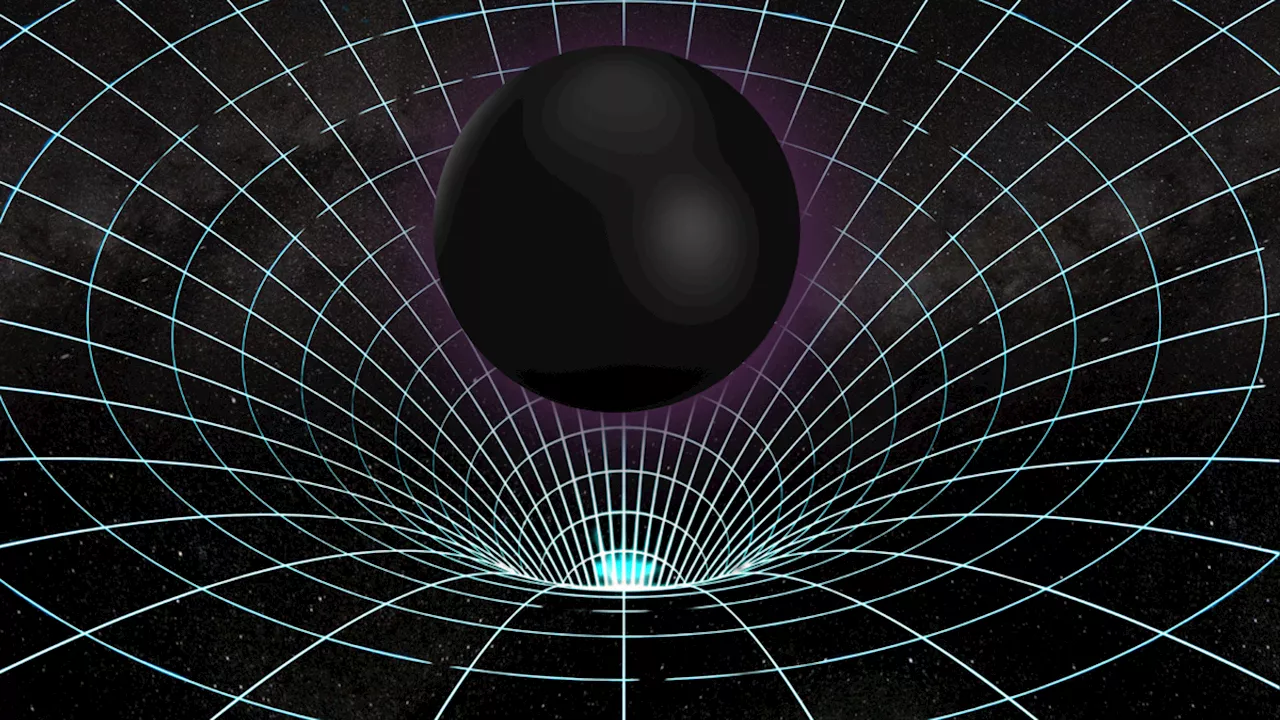Robert Lea is a science journalist in the U.K. whose articles have been published in Physics World, New Scientist, Astronomy Magazine, All About Space, Newsweek and ZME Science. He also writes about science communication for Elsevier and the European Journal of Physics. Rob holds a bachelor of science degree in physics and astronomy from the U.K.
Main) an illustration of a black hole ripping apart a star in a tidal disruption event an image of a spinning black hole dragging spacetime along with itThe"wobbling" remains of a star that suffered a grisly death at the maw of a supermassive black hole has helped reveal the speed at which its cosmic predator spins., each of which brings with it angular momentum that speeds up the rotation of the black hole they birth.
"Frame dragging is an effect present around all spinning black holes," team leader Dheeraj"DJ" Pasham, a scientist at Massachusetts Institute of Technology , told Space.com."So, if the disrupting black hole is spinning, then the flow of the stellar debris onto the black hole following a TDE is subject to this effect."that could be quickly followed up on. The goal was to spot signs of accretion disk precession caused by the Lense-Thirring effect.
Pasham and colleagues suspected the TDE that launched AT2020ocn could be the ideal event around which to hunt Lense-Thirring precession — and because this type of wobble is only present early after an accretion disk is formed, they had to act quickly. "We discovered that the X-ray brightness and the temperature of the region emitting X-rays following a TDE to be modulating on a timescale of 15 days," Pasham said."This recurring 15-day X-ray signal went away after three months."Estimates of the black hole’s mass and the mass of the disrupted star revealed that the black hole wasn't spinning as fast as expected.
United Kingdom Latest News, United Kingdom Headlines
Similar News:You can also read news stories similar to this one that we have collected from other news sources.
 Scientists find weird link between a solar mystery and feeding black holesRobert Lea is a science journalist in the U.K. whose articles have been published in Physics World, New Scientist, Astronomy Magazine, All About Space, Newsweek and ZME Science. He also writes about science communication for Elsevier and the European Journal of Physics. Rob holds a bachelor of science degree in physics and astronomy from the U.K.
Scientists find weird link between a solar mystery and feeding black holesRobert Lea is a science journalist in the U.K. whose articles have been published in Physics World, New Scientist, Astronomy Magazine, All About Space, Newsweek and ZME Science. He also writes about science communication for Elsevier and the European Journal of Physics. Rob holds a bachelor of science degree in physics and astronomy from the U.K.
Read more »
 Amateur astronomer finds 5 fascinating new galaxies — and they're now named after himRobert Lea is a science journalist in the U.K. whose articles have been published in Physics World, New Scientist, Astronomy Magazine, All About Space, Newsweek and ZME Science. He also writes about science communication for Elsevier and the European Journal of Physics. Rob holds a bachelor of science degree in physics and astronomy from the U.K.
Amateur astronomer finds 5 fascinating new galaxies — and they're now named after himRobert Lea is a science journalist in the U.K. whose articles have been published in Physics World, New Scientist, Astronomy Magazine, All About Space, Newsweek and ZME Science. He also writes about science communication for Elsevier and the European Journal of Physics. Rob holds a bachelor of science degree in physics and astronomy from the U.K.
Read more »
 Euclid 'dark universe' telescope team will unveil new full-color images on May 23: How to watch liveRobert Lea is a science journalist in the U.K. whose articles have been published in Physics World, New Scientist, Astronomy Magazine, All About Space, Newsweek and ZME Science. He also writes about science communication for Elsevier and the European Journal of Physics. Rob holds a bachelor of science degree in physics and astronomy from the U.K.
Euclid 'dark universe' telescope team will unveil new full-color images on May 23: How to watch liveRobert Lea is a science journalist in the U.K. whose articles have been published in Physics World, New Scientist, Astronomy Magazine, All About Space, Newsweek and ZME Science. He also writes about science communication for Elsevier and the European Journal of Physics. Rob holds a bachelor of science degree in physics and astronomy from the U.K.
Read more »
 Stars give tiny planets a gravitational 'squeeze' to strip away their atmospheresRobert Lea is a science journalist in the U.K. whose articles have been published in Physics World, New Scientist, Astronomy Magazine, All About Space, Newsweek and ZME Science. He also writes about science communication for Elsevier and the European Journal of Physics. Rob holds a bachelor of science degree in physics and astronomy from the U.K.
Stars give tiny planets a gravitational 'squeeze' to strip away their atmospheresRobert Lea is a science journalist in the U.K. whose articles have been published in Physics World, New Scientist, Astronomy Magazine, All About Space, Newsweek and ZME Science. He also writes about science communication for Elsevier and the European Journal of Physics. Rob holds a bachelor of science degree in physics and astronomy from the U.K.
Read more »
 Young 'cotton candy' exoplanet the size of Jupiter may be shrinking into a super-EarthRobert Lea is a science journalist in the U.K. whose articles have been published in Physics World, New Scientist, Astronomy Magazine, All About Space, Newsweek and ZME Science. He also writes about science communication for Elsevier and the European Journal of Physics. Rob holds a bachelor of science degree in physics and astronomy from the U.K.
Young 'cotton candy' exoplanet the size of Jupiter may be shrinking into a super-EarthRobert Lea is a science journalist in the U.K. whose articles have been published in Physics World, New Scientist, Astronomy Magazine, All About Space, Newsweek and ZME Science. He also writes about science communication for Elsevier and the European Journal of Physics. Rob holds a bachelor of science degree in physics and astronomy from the U.K.
Read more »
 Right again, Einstein! Scientists find where matter 'waterfalls' into black holesRobert Lea is a science journalist in the U.K. whose articles have been published in Physics World, New Scientist, Astronomy Magazine, All About Space, Newsweek and ZME Science. He also writes about science communication for Elsevier and the European Journal of Physics. Rob holds a bachelor of science degree in physics and astronomy from the U.K.
Right again, Einstein! Scientists find where matter 'waterfalls' into black holesRobert Lea is a science journalist in the U.K. whose articles have been published in Physics World, New Scientist, Astronomy Magazine, All About Space, Newsweek and ZME Science. He also writes about science communication for Elsevier and the European Journal of Physics. Rob holds a bachelor of science degree in physics and astronomy from the U.K.
Read more »
